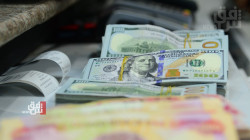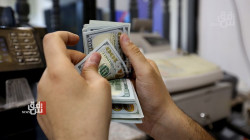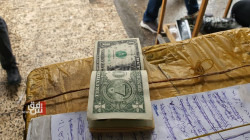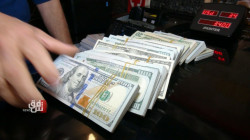Experts: Iraq's efforts to curb dollar usage yield "relative" success
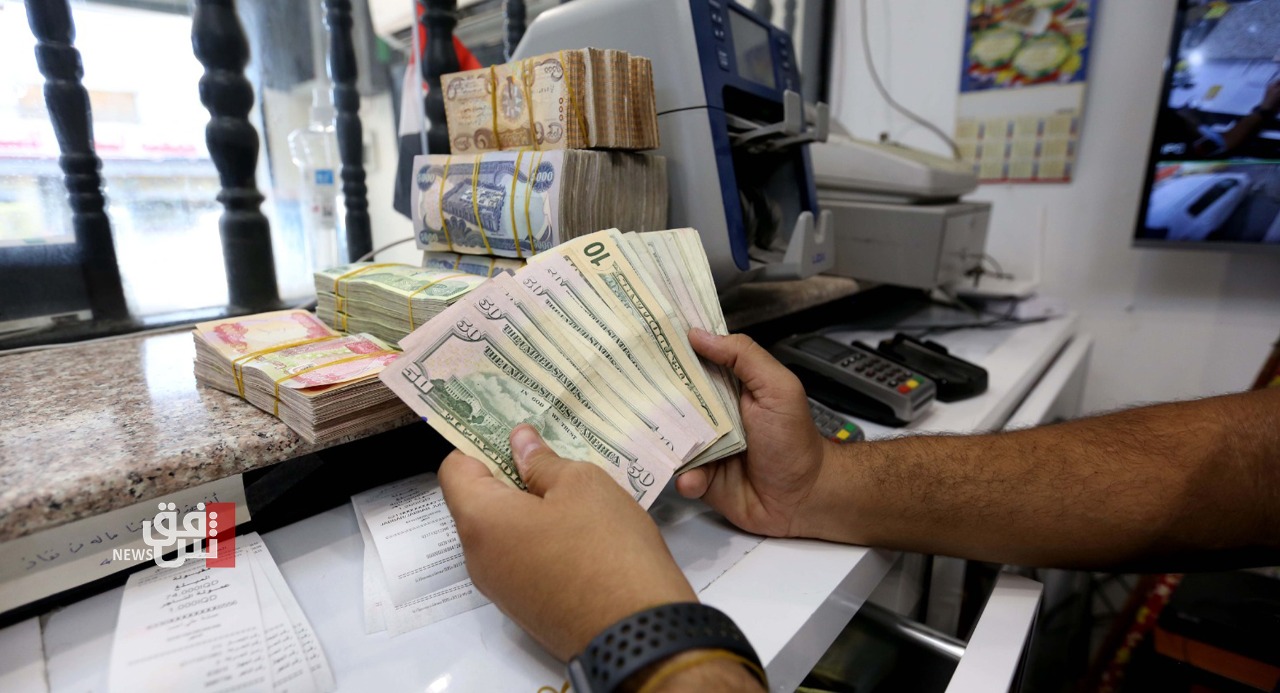
Shafaq News/ For the past two years, Iraq has been striving to eliminate the use of the US dollar in the local market. Economic experts point to the Central Bank of Iraq's measures achieving "relative" success in controlling foreign currency.
In 2023, the exchange rate of the dollar soared to an unprecedented 1,700 dinars per dollar, maintaining this level for several weeks before gradually declining in the latter part of the year. In the past two months, the rate stabilized between 1,470 to 1,450 dinars per dollar.
The Iraqi currency crisis began after the US Treasury Department barred 14 Iraqi banks from the global banking transfer system known as SWIFT in an effort to prevent dollar smuggling to Iran.
The Central Bank of Iraq's (CBI) platform manages foreign currency requests specifically for financing foreign trade in the private sector.
Budget Increases the Gap
Economic expert Nabil Al-Marsoumi told Shafaq News Agency, "The reason for the dollar's rise is trade with Iran, which is under US sanctions. Thus, the Central Bank of Iraq's electronic platform for selling dollars does not provide this currency to traders, forcing them to resort to the black market."
He added, "Travelers to Syria, Lebanon, and Iran also cannot obtain official dollars from banks, so they turn to the parallel market, increasing demand for dollars."
Al-Marsoumi explained, "The gap has recently widened, especially after the new budget was released, which means an increase in total demand, consumer and investment spending, and consequently an increase in imports. This will increase pressure on the dollar, pushing it higher, potentially reaching 150,000 dinars per 100 dollars or slightly more."
At that time, the Iraqi government agreed to a Central Bank proposal to lower the exchange rate from about 1,470 dinars to 1,300 dinars per dollar, significantly impacting the exchange market by reducing the rates from 1,700 dinars per dollar in the parallel market.
Structural Imbalance in the Economy
Abdul Rahman Al-Mashhadani, economic expert and professor of economics at the Iraqi University, attributes the dollar's stability over the past two months to "the performance and mechanisms used by the government and the Central Bank. The spike during the Eid holidays was due to increased demand for travel abroad."
Al-Mashhadani told Shafaq News Agency, "Finding a solution involves dealing with Iran, from which daily imports range between 25 to 30 million dollars, part of which is routed through the UAE."
He noted, "The solutions did not address the structural imbalance in the economy. The commercial sector has not been reorganized, and the banking system has not fully complied with international standards and the US Federal Reserve's daily transfer operations."
Dollar Smuggling
Former Central Bank of Iraq director and economic expert Mahmoud Dagher told Shafaq News Agency, "The primary reason for the gap between the market and official rates is the leakage of dollars into the market and then across unregulated borders."
He added, "Dollar smuggling to sanctioned countries is the main cause of the dollar crisis. To resolve this crisis, border and customs control is essential to return the dollar to its official rate."
Dagher continued, "The reason the dollar hasn't risen above 1,500 dinars in the past two months is that the bank sells more than 300 million dollars daily, limiting significant increases. However, the market rate remains above 1,450 dinars per dollar, while the official rate is 1,320 dinars, indicating a difference of 120 points or 130 dinars per dollar."
The fluctuation of the dollar's exchange rate in the black market has disrupted commercial activity in the country, contributing to the rise in consumer goods prices. Although the average Iraqi individual income increased to seven million dinars last year, rising prices of goods and currency rate fluctuations impact the Iraqi market.
Market Contraction
Economic expert Durgham Muhammad Ali told Shafaq News Agency, "The dollar's continued instability harms the local market, as the gap between the official and parallel rates widens, shrinking the market and reducing the supply of goods, thereby increasing their prices beyond the parallel exchange rate. Therefore, maintaining a stable rate and constricting the parallel market is the solution to any pricing crisis."
He confirmed, "Long-term inflationary effects are difficult and slow to address, even within a stable price range."
